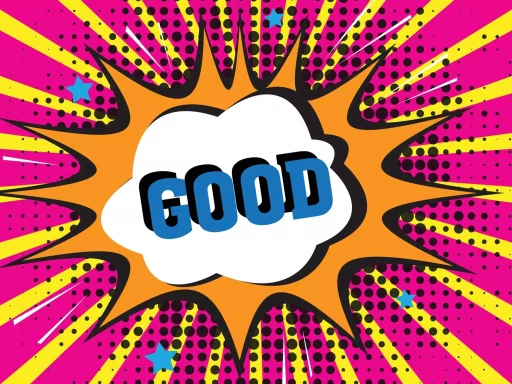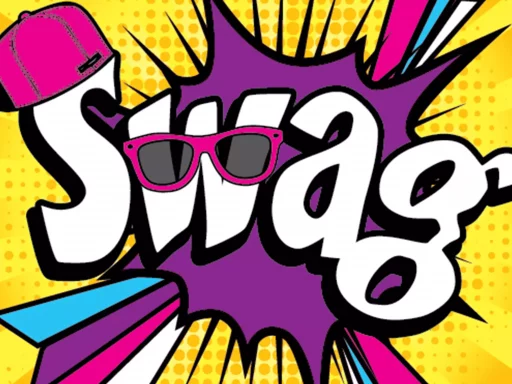Introduction to Hash Slang
In today’s digital world, communication has evolved dramatically, particularly on social media platforms where brevity is key. Enter ‘hash slang’—the combination of hash tags and slang that has adapted internet language into a unique form of expression. Used predominantly in platforms like Twitter, Instagram, and TikTok, hash slang allows users to convey complex ideas and emotions in just a few characters.
The Evolution of Hash Slang
Hash slang owes its origins to the original purpose of hashtags: to categorize content. Over time, hashtags began to embody different meanings and communities. As users adopted informal language that reflected their personalities or cultural backgrounds, hash slang emerged as a new dialect of digital communication.
Common Examples of Hash Slang
Hash slang can take many forms, often conveying humor, sarcasm, or intense emotions. Here are some popular examples:
- #FOMO – Fear of Missing Out
- #YOLO – You Only Live Once
- #Lit – Something that is exciting or excellent
- #SquadGoals – Aspirational ideas about friendship or team success
- #TBT – Throwback Thursday, often used for nostalgic posts
Why Hash Slang Matters
Understanding hash slang is essential for several reasons:
- Enhances Engagement: Posts containing familiar hash slang often attract more engagement due to relatability.
- Building Community: Using specific hash slang can connect individuals within niche communities, fostering a sense of belonging.
- Cultural Relevance: Hash slang reflects societal trends, capturing the zeitgeist of contemporary culture.
Statistics on Hashtag Engagement
Statistics have shown that well-used hashtags can significantly increase a post’s visibility and engagement. According to research by TrackMaven:
- Posts with at least one hashtag perform 12.6% better on average than those without.
- Instagram posts that use 11 hashtags achieve 79% higher engagement than those with fewer hashtags.
- On Twitter, using 1-2 hashtags generates 21% more interaction than tweets without hashtags.
Case Study: The Impact of Hash Slang in Social Movements
Hash slang has played a crucial role in various social movements. For example, during the Black Lives Matter protests, hashtags like #BlackLivesMatter and #SayHerName not only increased visibility but also fostered solidarity among activists globally.
Research published in the Journal of Communication highlighted that the use of these hashtags spurred increased media coverage, signifying that hash slang can transcend informal communication and catalyze social change.
The Future of Hash Slang
As social media continues to evolve, so will hash slang. Platforms like TikTok and Snapchat are becoming new frontiers for this evolving language. Shortened phrases and new slang will inevitably emerge as new trends rise and fall.
Moreover, as younger generations dominate social media usage, it’s likely we will see even more creative forms of hash slang, making it an exciting space to watch.
Conclusion
In summary, hash slang is more than just a trend—it’s a powerful means of communication that enhances connection and engagement in the digital sphere. As it evolves, engaging with hash slang will remain vital for anyone looking to navigate social media successfully. It allows people to express complex thoughts and emotions succinctly while also participating in larger cultural conversations.
Resources for Further Understanding
Whether you’re a social media newbie or a seasoned digital navigator, understanding hash slang can greatly improve your online communication. Here are some resources to check out:
- Hoss the Illest: Hash Slang Explained
- Social Media Examiner: The Ultimate Guide to Hashtags
- Neil Patel: Social Media Statistics and Trends






